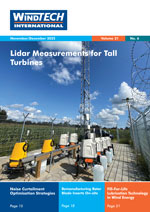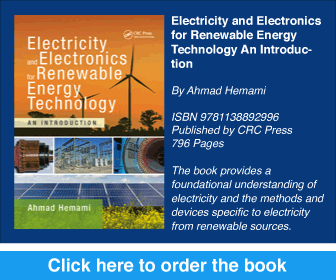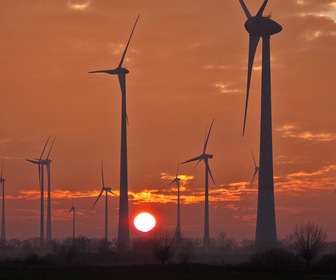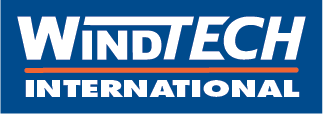- Category: Windtech Future
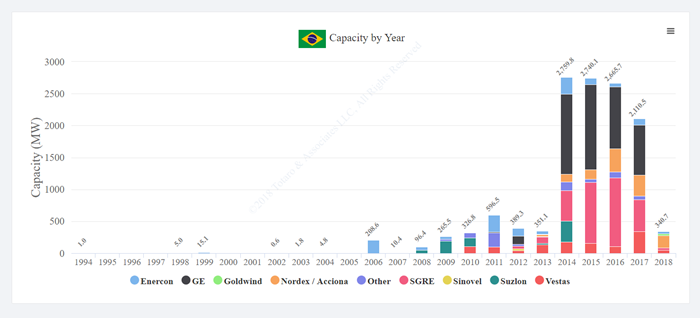 As global markets fluctuate in terms of capacity additions on an annual basis, and auctions/tenders threaten wind turbine OEM profitability, a few manufacturers have taken steps to ensure their survival. These steps involve a diversity of product mix and a modular product architecture which will allow them to more evenly distribute their global manufacturing while maximising supply chain cost efficiencies and also providing a mechanism for global sales.
As global markets fluctuate in terms of capacity additions on an annual basis, and auctions/tenders threaten wind turbine OEM profitability, a few manufacturers have taken steps to ensure their survival. These steps involve a diversity of product mix and a modular product architecture which will allow them to more evenly distribute their global manufacturing while maximising supply chain cost efficiencies and also providing a mechanism for global sales.- Category: Windtech Future
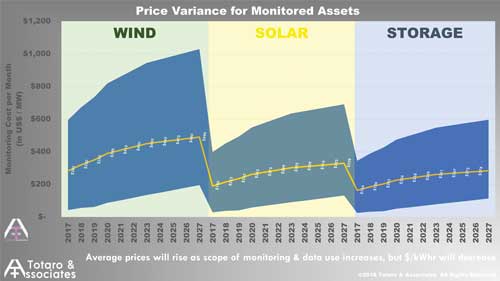 Digitalisation in renewable energy (RE) is poised to become a major opportunity for revenue growth for OEMs, data analytics companies, and data rich asset owners. The emergence of the RE digital services ecosystem creates a definitive need and opportunity for data-as-a-service (DaaS), which is likely to be a significant revenue driver as part of the overall digital services sector. The market for digital services in RE is likely to grow to US$ 91.7 billion by 2027.
Digitalisation in renewable energy (RE) is poised to become a major opportunity for revenue growth for OEMs, data analytics companies, and data rich asset owners. The emergence of the RE digital services ecosystem creates a definitive need and opportunity for data-as-a-service (DaaS), which is likely to be a significant revenue driver as part of the overall digital services sector. The market for digital services in RE is likely to grow to US$ 91.7 billion by 2027.- Category: Windtech Future
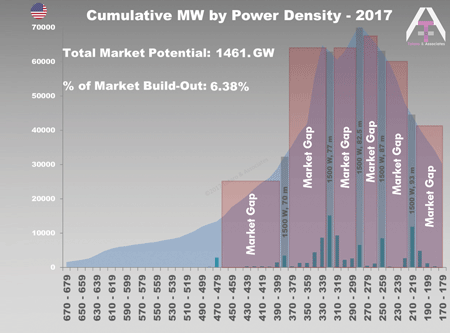 The wind market in the USA has seen tremendous growth in recent years, but the market has seen separation between OEMs GE, Vestas and Siemens Gamesa Renewable Energy (SGRE) from the rest of the pack. A key factor which has enabled the success of these three OEMs is the diversity of their product portfolio to serve almost any power density.
The wind market in the USA has seen tremendous growth in recent years, but the market has seen separation between OEMs GE, Vestas and Siemens Gamesa Renewable Energy (SGRE) from the rest of the pack. A key factor which has enabled the success of these three OEMs is the diversity of their product portfolio to serve almost any power density.- Category: Windtech Future
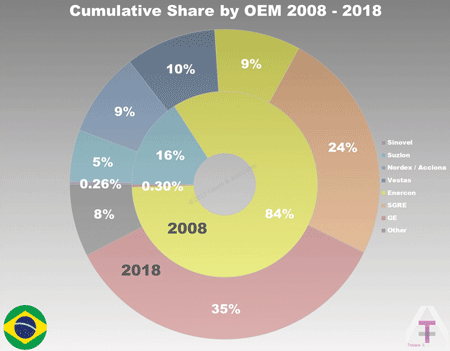 Towards the end of 2017 the news regarding Enercon making an acquisition of fellow direct drive turbine OEM Lagerwey indicated a wind energy market that is still in the process of consolidating. The outcome of this deal will have specific benefits for Enercon as they position themselves for the next 10 years and attempt to regrow their market share and assert their global presence.
Towards the end of 2017 the news regarding Enercon making an acquisition of fellow direct drive turbine OEM Lagerwey indicated a wind energy market that is still in the process of consolidating. The outcome of this deal will have specific benefits for Enercon as they position themselves for the next 10 years and attempt to regrow their market share and assert their global presence.
By Philip Totaro, CEO, IntelStor
- Category: Windtech Future
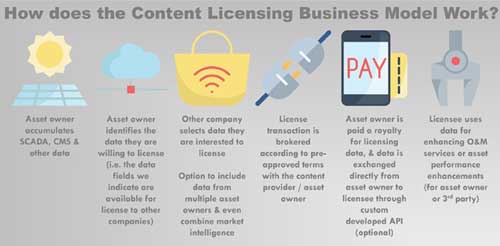 Digital content aggregation and data licensing is a well-established business practice for digitally enhanced services in other industries. With the advent of digital transformation in renewable energy, this industry has an opportunity in front of it to share more of the data which companies have amassed on asset performance and health.
Digital content aggregation and data licensing is a well-established business practice for digitally enhanced services in other industries. With the advent of digital transformation in renewable energy, this industry has an opportunity in front of it to share more of the data which companies have amassed on asset performance and health.
By Philip Totaro, CEO, IntelStor
- Category: Windtech Future
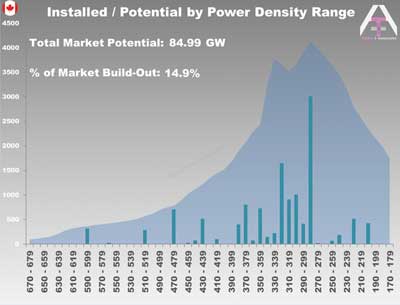 In ten years the wind energy industry could see an upper limit to onshore turbine technology development reached. Offshore turbines of 12–15MW nameplate rating should be fairly common by then, but can we really expect onshore turbines to approach 10MW? As we continue to push the boundaries of product and technology development, we are likely to find that physical size limits, as well as the limits of the ‘square-cube’ law, put large onshore turbines at a commercially competitive disadvantage.
In ten years the wind energy industry could see an upper limit to onshore turbine technology development reached. Offshore turbines of 12–15MW nameplate rating should be fairly common by then, but can we really expect onshore turbines to approach 10MW? As we continue to push the boundaries of product and technology development, we are likely to find that physical size limits, as well as the limits of the ‘square-cube’ law, put large onshore turbines at a commercially competitive disadvantage.
By Philip Totaro, Founder & CEO, IntelStor, LLC
- Hybrid Materials and 3D Printing Enabling SciFi Wind Turbine Structures
- Can Wireless Mesh Networks Kill Slip-Rings?
- Offshore Wind Yet to See Meaningful Digital Services Deployment
- Focus on TLPs, Predictive Maintenance and AEP Optimisation to Further Reduce Offshore LCOE
- Renewable energy Internet of Things to hit US$ 5.3 billion annually by 2030
- Onerous Mandates on Performance Impact or Reliability are Stifling RE Innovation
- Emergence of Digital Services Highlights Need for Content Licensing Business Model
- Digitalisation Necessitates New Thinking and New Business Models
- How Common Platform Wind Turbine Architecture Unlocks Export Markets
- Closing the Product Competitiveness Gap
- Offshore Innovation Seeing Lift-off
- Consolidation Spurs Wind Innovation Revival
- The future of technology – Services
- Power plant control
- The Rise of Asian Innovation
- The future of technology – Manufacturing
- The future of technology – Materials



